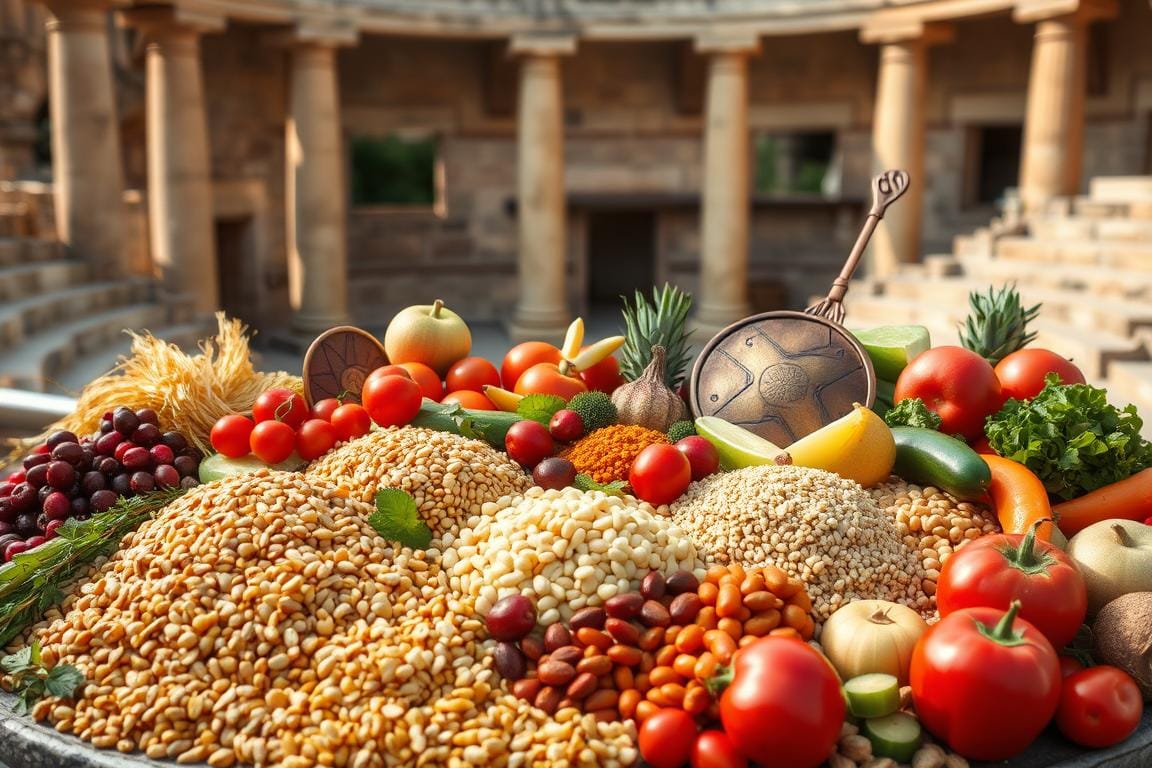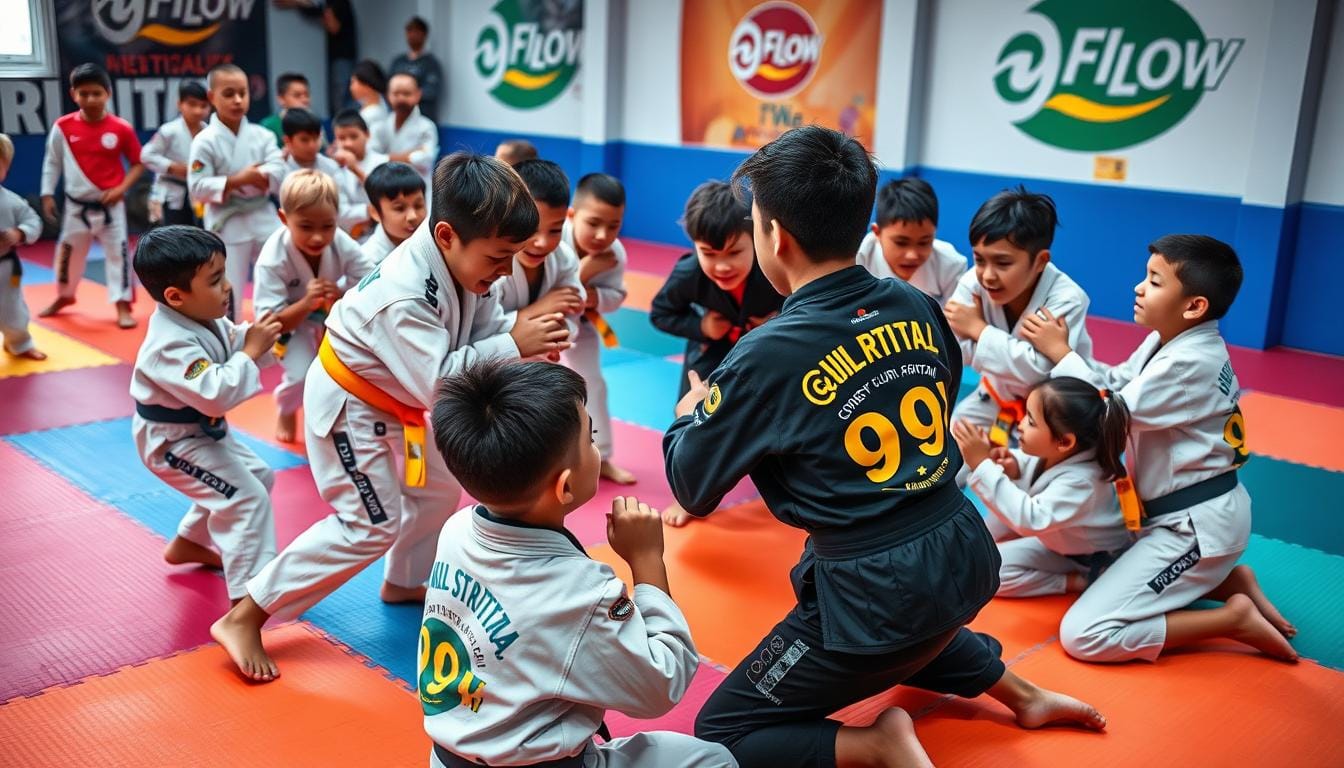
Integrating surfing, yoga, and Brazilian Jiu-Jitsu (BJJ) into your lifestyle is a powerful way to nurture both your body and mind. Each discipline brings unique benefits, but balancing them can be challenging, especially when you want to give your best in all three areas without overloading your schedule or body. Whether you’re a seasoned athlete or just starting out, balancing these practices is possible with thoughtful planning, rest, and mindfulness.
In this article, we’ll discuss how you can balance surfing, yoga, and BJJ in your daily routine, ensuring you maximize the benefits of each discipline while promoting recovery and preventing burnout.
1. Understanding the Benefits of Each Discipline
Before diving into a routine, it’s important to understand the unique contributions of each discipline to your overall health and fitness. While all three activities promote physical well-being, they also target different areas of the body and mind.
- Surfing: Surfing is a full-body workout that focuses on balance, strength, and cardiovascular endurance. Riding waves requires core stability, leg power, and upper body strength. Beyond the physical benefits, surfing is deeply connected to nature. The rhythm of the ocean and the mindfulness required to stay present in each moment align it with the meditative aspects of yoga and BJJ. Surfing offers a sense of freedom and adventure, and time spent in the water often helps clear the mind and reduce stress.
- Yoga: Yoga is the perfect complement to both surfing and BJJ. It enhances flexibility, mobility, and body awareness, all of which are crucial for improving your performance in these sports. Yoga also supports injury prevention by allowing muscles to stretch and recover. It reduces tension, releases muscle tightness, and strengthens the body, which is particularly important for those who practice high-intensity activities like surfing and Jiu-Jitsu. On a mental level, yoga helps you develop focus, calmness, and mindfulness, providing tools for emotional regulation and stress management.
- Brazilian Jiu-Jitsu (BJJ): BJJ is a grappling-based martial art that requires agility, technique, and mental toughness. It’s a full-body workout that builds strength, endurance, and flexibility. BJJ is unique in that it’s both physically and mentally demanding. Practitioners must learn techniques that require control, leverage, and strategy rather than relying on brute force. The mental challenge of Jiu-Jitsu enhances problem-solving skills, patience, and resilience, qualities that benefit not just your physical practice but also your daily life.
2. Crafting a Balanced Weekly Schedule
Now that you understand how these activities complement each other, it’s time to design a weekly schedule that allows you to practice each one without overloading your body or mind.
The goal is to balance intensity and recovery while making room for both physical practice and mental relaxation. Here’s a detailed example of how you can structure your week:
Maybe you like this too:
The Gladiators’ Diet: Parallels with Veganism and Its Implications for Modern Nutrition
Discover the surprising connection between the gladiators’ diet and veganism,…
The Evolution of Surfing: A Comprehensive Guide
Welcome to the journey through surfing’s history. This sport has…
Healthy Vegan Fats: Your Guide to Plant-Based Oils
Explore the best healthy vegan fats and discover plant-based oils…
The Benefits of Jiu-Jitsu for Kids: A Parent’s Guide
Discover how Jiu-jitsu for kids can boost confidence, enhance discipline,…
Day 1: Surfing
- Morning: Spend 1-2 hours surfing. Focus on different aspects of surfing each day, whether it’s wave riding, paddling, or learning new techniques.
- Evening: Engage in a 15-30 minute yoga session that targets recovery. Use this time to stretch out your muscles, particularly the shoulders, legs, and back, which tend to get tight from paddling and surfing.
Day 2: Yoga
- Morning: Start your day with a 60-90 minute yoga session. This should include a combination of active asanas (postures) to build strength and flexibility, followed by restorative poses to aid muscle recovery.
- Evening: Consider a 10-15 minute meditation or breathing practice (pranayama). This will help you calm your mind, reduce any stress from previous days, and prepare for upcoming physical activities.
Third day: Jiu-Jitsu
- Morning: Attend a 1-2 hour BJJ class. This could be a drill-based class where you focus on technique or a sparring session (rolling) that tests your skills in a live setting.
- Evening: Take 10-20 minutes to stretch and recover, focusing on areas like the hips, shoulders, and neck, which are worked intensely during BJJ sessions.
Fourth day: Rest & Recovery
- Morning: Use this day for rest and recovery. Active rest, such as light stretching, a walk, or a gentle swim, can keep you moving without overloading your muscles.
- Evening: Perform a guided meditation session or deep-breathing exercises. Recovery is not only physical but also mental, so focusing on mental relaxation is just as important.
Fifth day: Surfing or Jiu-Jitsu (Choose Based on Energy and Conditions)
- Morning: Depending on wave conditions or personal preference, either go surfing for 1-2 hours or attend a 1-2 hour BJJ class. If the waves are good, opt for surfing. If you’re craving technical sparring, BJJ might be the best choice.
- Evening: Practice a short 10-20 minute yoga session, focusing on deep stretches and recovery poses.
Sixth day: Yoga & Conditioning
- Morning: Begin with a 60-minute yoga session that combines both strength-building poses and flexibility stretches. Include poses that support the core and legs (e.g., Warrior poses, Plank).
- Afternoon: Incorporate a 20-30 minute strength conditioning workout. This could be bodyweight exercises like push-ups, squats, or lunges to enhance strength and stability, which will complement your surfing and BJJ.
Seventh day: Active Rest
- Morning: Engage in low-impact activity such as walking, hiking, or swimming. These activities maintain circulation without putting too much strain on your muscles.
- Evening: Use this day to mentally and physically recharge. You could practice a 20-minute restorative yoga flow to ease tension in the body.
3. Prioritize Recovery and Self-Care

Rest is essential in ensuring you stay physically and mentally healthy while balancing surfing, yoga, and BJJ. Without adequate recovery, the risk of injury and burnout increases, and progress can be hindered. Here are a few strategies to support your body’s recovery:
- Listen to Your Body: Regularly assess how your body feels after each activity. If you’re feeling overly fatigued or sore, allow yourself a day to rest or reduce the intensity of your workouts. Yoga can serve as a wonderful recovery tool on these days to help release tension.
- Sleep & Nutrition: Sleep is your body’s primary recovery tool. Aim for 7-9 hours of sleep per night to ensure muscles repair and the nervous system resets. Additionally, make sure your diet supports your activity levels. Eat a balanced diet rich in plant-based nutrients, lean proteins, healthy fats, and plenty of hydration. Hydration is particularly important in supporting muscle recovery after intense training sessions.
- Mindfulness and Meditation: Regular mindfulness practice can help reduce stress, clear your mind, and boost recovery. Taking just 10 minutes a day to meditate or practice deep breathing can help you stay centered and mentally sharp.
4. Integrating the Three Practices into Your Lifestyle
Maintaining a balance between surfing, yoga, and Jiu-jitsu (BJJ) is not just about physical activity—it’s about creating a lifestyle that supports your holistic well-being. Here are some final tips to ensure that you can integrate all three practices into your routine without feeling overwhelmed:
- Embrace Flexibility: Life is unpredictable. Some days the surf might be great, but your BJJ class is at an inconvenient time. Don’t stress about sticking to the schedule rigidly. Be flexible with your training, and listen to your body. If you need to skip a session to rest, that’s perfectly fine.
- Cultivate Balance in All Areas: Balance isn’t only about training but about your overall lifestyle. Ensure you make time for social connections, time in nature, and relaxation. Your mental and emotional well-being are just as important as physical fitness.
- Join Communities: Whether it’s a surf group, a yoga studio, or a BJJ gym, having a community around you will keep you accountable and motivated. Surrounding yourself with like-minded individuals who share your passion for surfing, yoga, and Jiu-Jitsu can enhance your experience and provide support when needed.
- Set Realistic Goals: Define what you want to achieve in each discipline, but be realistic about your time and energy. Don’t overburden yourself with unrealistic expectations. Set achievable goals, and celebrate small victories along the way.
Conclusion: Achieving Balance and Harmony
Successfully balancing surfing, yoga, and Jiu-Jitsu in your daily life is achievable with thoughtful planning and mindful practice. Each discipline brings unique benefits, but they also support and enhance each other. By carefully structuring your weekly routine and incorporating rest, recovery, and mindfulness, you can integrate all three practices into your life and reap their holistic benefits.
By maintaining balance, not only will you improve your physical strength and flexibility, but you’ll also foster a deeper connection to yourself and the world around you. Whether you’re on the surfboard, the yoga mat, or the BJJ mat, the journey of balancing these practices will empower you to live a healthier, more fulfilling life.





Pingback: Vegan Nutrition for Athletes: Vegan Food as Fuel for Your Workouts